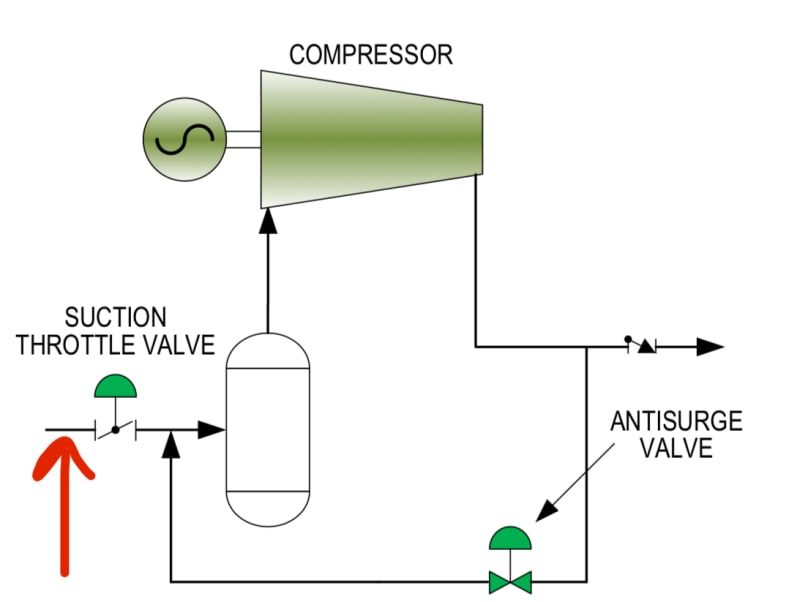JustSomeRoark
Chemical
Dear gents,
What is the most common sizing criterion to design a centrifugal compressor suction throttling valve? On one hand, I can allow in the STV a DP equivalent to some percentage of the system dynamic pressure drop of the suction side (some 20-25%). On the other hand, some people argue that it is sufficient to consider a butterfly valve with the size of the inlet line to minimize the pressure drop and therefore the energy consumption.
I think that in the second scenario (i.e. line size valve) the controllability would be affected as there would be no margin on flow available, but I have not seen a definitive consensus.
What are your thoughts/experience?
Regards.
What is the most common sizing criterion to design a centrifugal compressor suction throttling valve? On one hand, I can allow in the STV a DP equivalent to some percentage of the system dynamic pressure drop of the suction side (some 20-25%). On the other hand, some people argue that it is sufficient to consider a butterfly valve with the size of the inlet line to minimize the pressure drop and therefore the energy consumption.
I think that in the second scenario (i.e. line size valve) the controllability would be affected as there would be no margin on flow available, but I have not seen a definitive consensus.
What are your thoughts/experience?
Regards.

